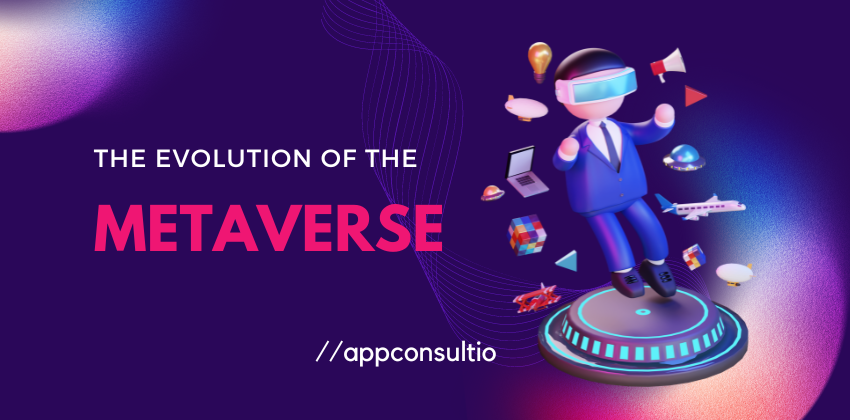
The Metaverse is a huge digital world where you can feel like you're in real places with other people. It's like a giant online playground that uses cool technologies to make things look and feel real. In this special world, you can do lots of things like talking, working, playing games, and creating stuff, all using characters that look like you. It's a place where the line between the regular world and the digital world gets blurry, and you can have new kinds of fun and experiences that the regular Internet can't give you.
The idea of the Metaverse, a digital world where everything is connected, became really popular in 2021-2022, especially when Facebook changed its name to "Meta." This term was first used by a writer named Neal Stephenson in 1992 in a book called "Snow Crash."
In simple words, the Metaverse is a place on the computer where things look and feel real. It includes things like augmented reality, virtual reality, and mixed reality. Right now, the Metaverse is made up of places where people and computer programs interact. Some of these places are like fun games or fantasy worlds, and some are like real places but in the digital world.
Even though there have been online games and social spaces for a while, recent advances in technology and changes because of the COVID-19 pandemic have made the Metaverse more important. This has led to lots of money being invested in it, and people are saying it could be the future of the Internet.
Healthcare in Metaverse –
The healthcare Metaverse is like a safe digital place to keep real-world information. Instead of using physical things, it uses virtual versions of patients based on their details. Doctors can study diseases and find solutions in this virtual world without using real bodies.
The Metaverse is used in healthcare in two main ways: training doctors and virtual surgery. Before, young doctors learned from animal experiments, but now they practice on virtual tables. Medical schools use technology like AI, VR, and AR to teach healthcare. Students can watch 3D demonstrations of surgeries and even practice on digital copies of people.
In the future, the Metaverse could help doctors treat patients remotely, like in emergencies. Some companies are using smart glasses to show real-time situations to doctors far away. This helps them give advice and instructions quickly. The Metaverse is changing how we learn and help each other in healthcare.
Human-Intelligent Metaverse-
The human-intelligent Metaverse (HIM) is a special digital place that's getting better at meeting people's needs. It's possible because of cool technologies like XR and AI. These technologies are merging to create worlds where things feel real. HIMs are like virtual spaces that can understand and talk to people using signals from their bodies, like how they feel or think.
HIMs are different from video game worlds. They can understand human feelings and thoughts through sensors. The computer characters in these worlds will act and respond just like real people would. These kinds of worlds could be used for education, entertainment, and even talking to doctors online.
A big part of HIMs is making digital people that act like real ones. Right now, these digital people could be better. Technology needs to improve, like how things look and how computers understand language. When this gets better, these digital people can do many things, like help with tasks and even be like celebrities. They could make new businesses and become a big part of the unique digital world.
5G-enabled Metaverse-
The Metaverse is like a mix of the natural world and a virtual world. To work well, it needs strong mobile communication technology, especially 5G. 5G is important because it can give people fast and reliable connections to this special world.
5G has some special qualities that help the Metaverse. It can provide really fast Internet, even faster than what we had with 4G. This is important for things like virtual reality that need a lot of data. Also, 5G is really good at reducing delay, which means things happen almost instantly. This is important for feeling like you're really in the virtual world. And when people use a lot of devices to interact in this world, 5G can help connect everything smoothly.
5G also works with cloud computing, which is like using powerful computers far away to make things work better. This makes the Metaverse even better. In the future, communication technology will keep getting better, and there might be something called 6G that's even cooler for the Metaverse.
Conclusion-
In conclusion, the Metaverse is an expansive digital realm that bridges the gap between reality and virtual experiences, enabled by technologies like XR, AI, and 5G. It offers a space where people can immerse themselves in interactive environments, shaping the future of communication, entertainment, education, and healthcare. As the Metaverse continues to evolve, it holds the promise of revolutionary advancements, from lifelike interactions with digital entities in the human-intelligent Metaverse to the seamless integration of 5G for lightning-fast connections. This dynamic convergence of technologies underscores the Metaverse's potential to reshape how we engage, learn, and collaborate in an interconnected digital universe.